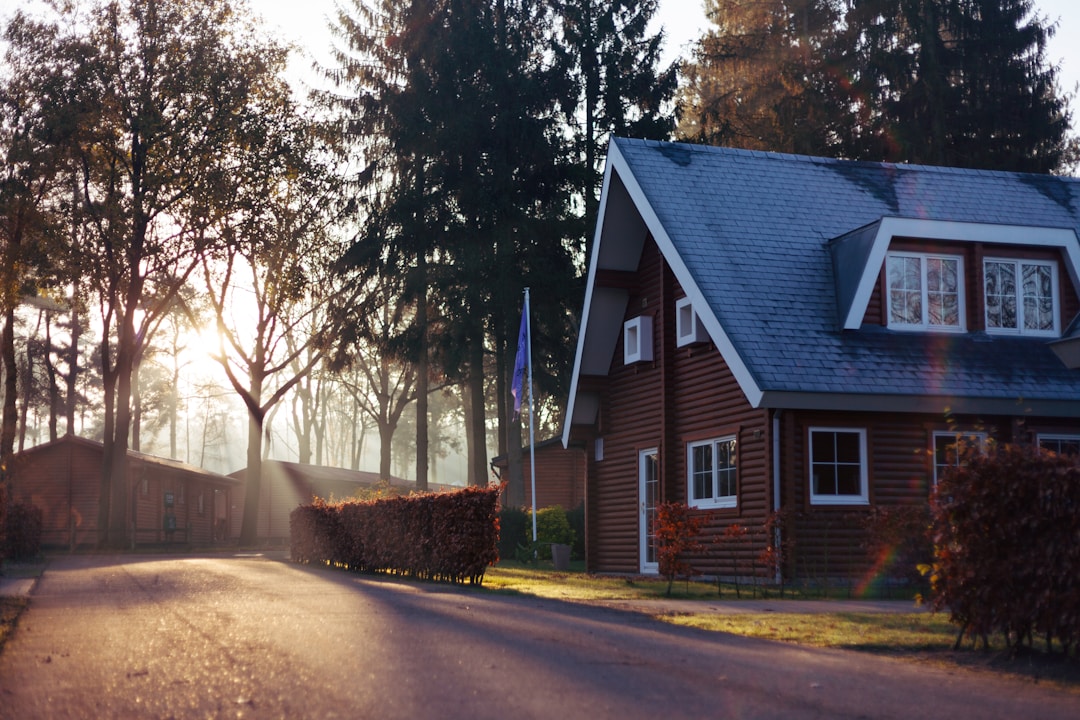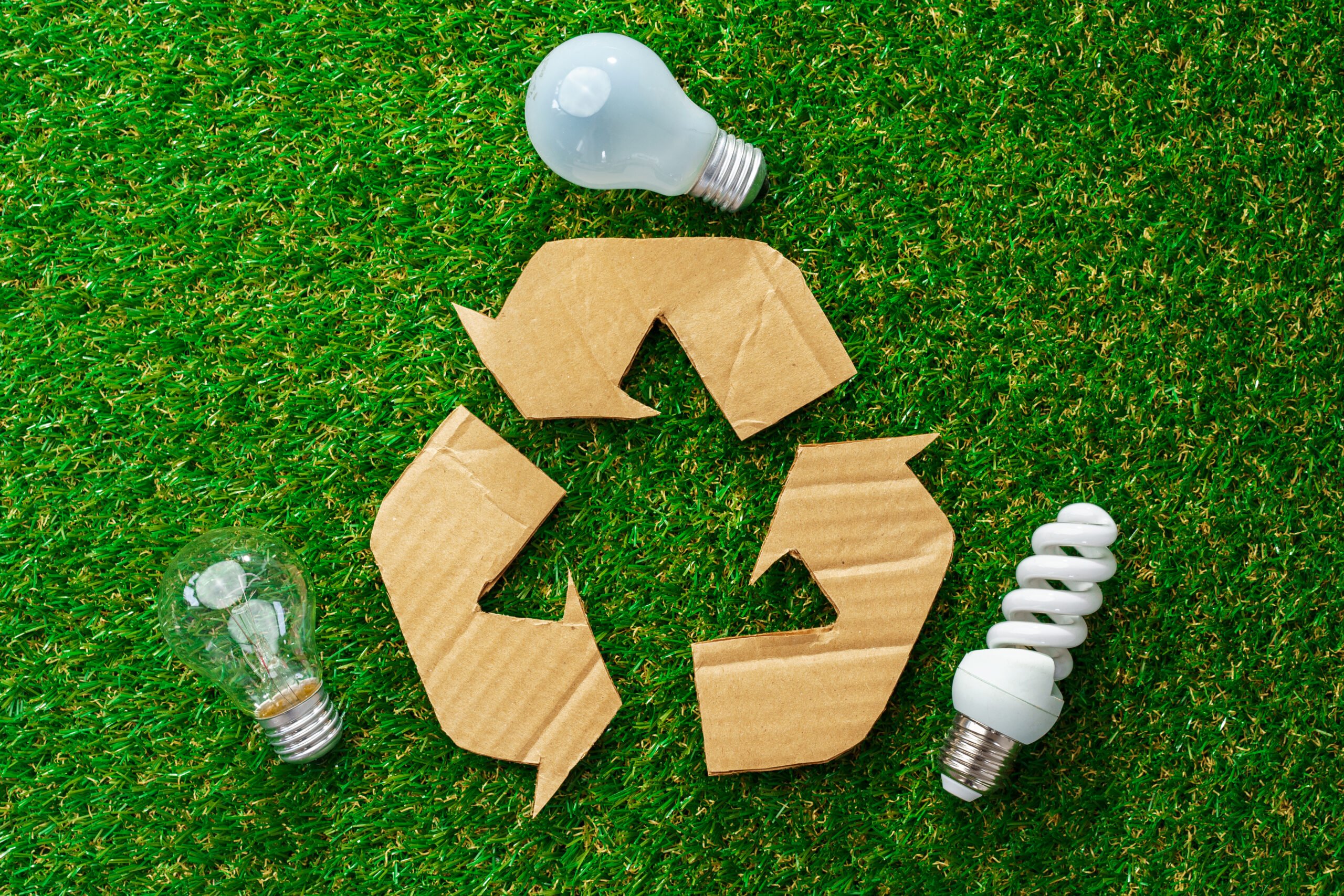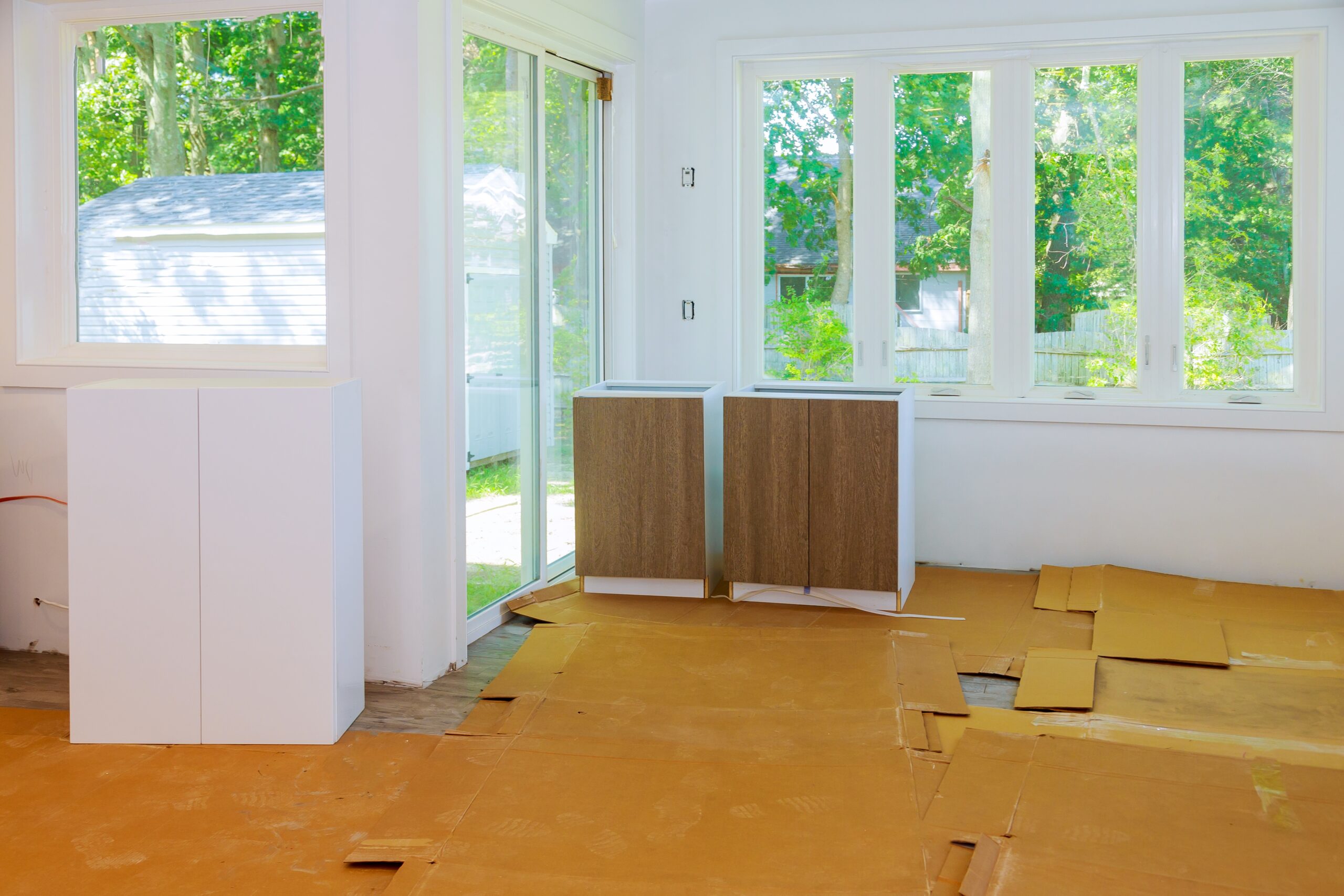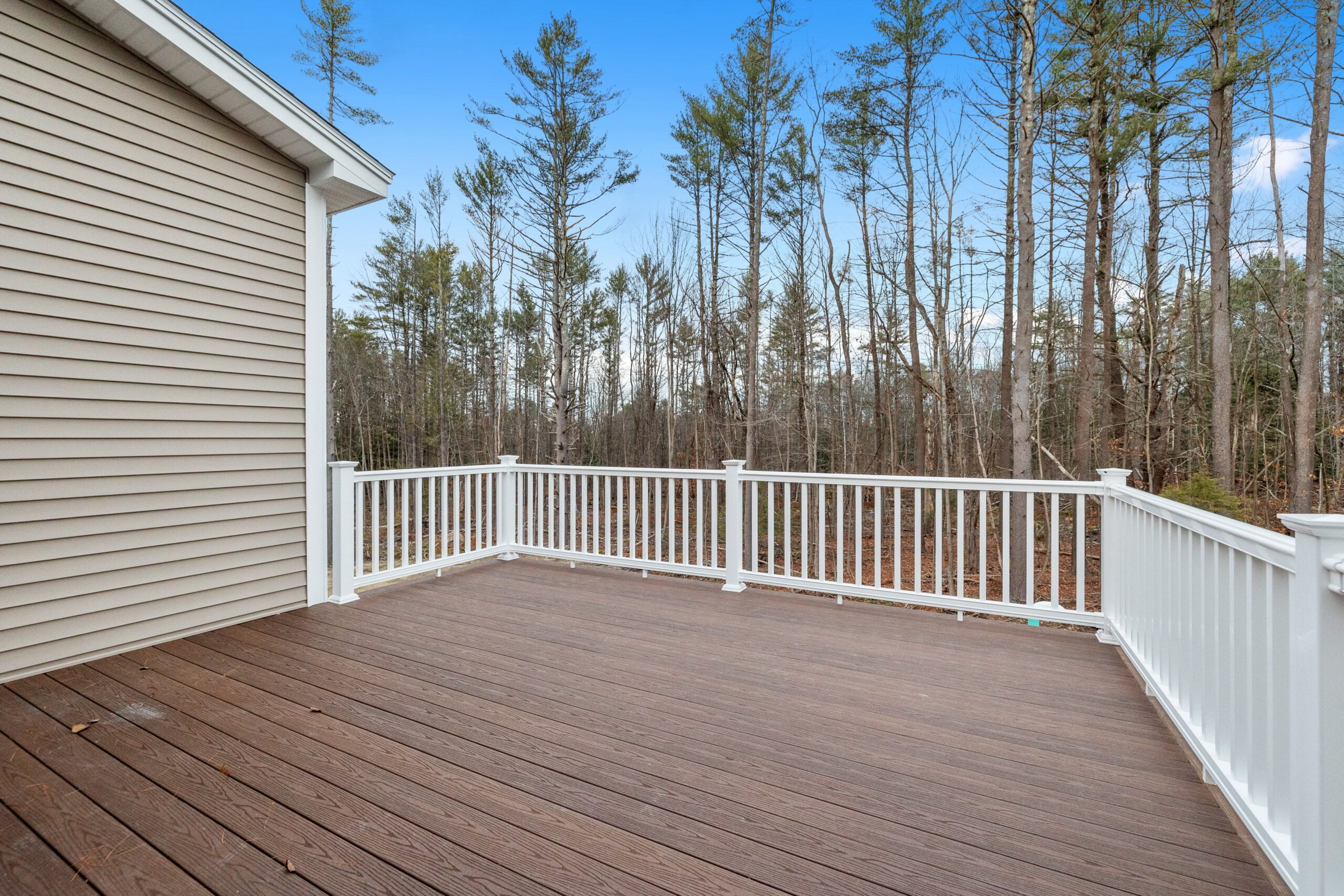Modern homes are filled with gadgets, devices, and appliances, all of which consume energy and contribute to increasing energy costs. Energy conservation not only reduces your bills but also minimizes the negative impact on the environment by reducing the demand for power. In this comprehensive guide, we’ll explore a multitude of strategies to conserve energy in your home. Each step, big or small, adds up to significant energy savings and promotes a more sustainable lifestyle.
Integrating Energy-Efficient Solutions
Consider integrating patio solar shades in your home as an early measure. These smart home features block heat from the sun, keeping your home cool during the summer months and reducing the need for air conditioning. These patio shades exemplify a simple yet efficient solution that merges function and design, leading to substantial energy conservation.
Enhancing Home Insulation
One of the most significant ways to conserve energy at home is through improved insulation. A well-insulated home maintains a constant temperature, reducing the need for heating and cooling. Pay attention to the insulation in your roof and walls, but don’t forget about windows and doors. Double or triple glazing and draft excluders can drastically improve your home’s insulation, minimizing heat loss in winter and keeping it cool in summer.
Embracing Smart Technology

Smart technology can make a big difference when it comes to energy conservation. Smart thermostats, for example, can be programmed to lower heating or cooling when you’re not at home, thereby reducing energy consumption. They can also adjust according to the weather outside, becoming cooler when it’s hot and vice versa. Furthermore, smart plugs and lights allow you to remotely turn off appliances and lights that aren’t in use, eliminating wasteful energy consumption.
Implementing LED Lighting
Incorporating LED lights in your home is another fantastic way to conserve energy. LEDs use a fraction of the power required by traditional incandescent bulbs and last significantly longer, meaning less frequent replacement. In addition to energy and cost savings, LED lights offer improved lighting quality, with a variety of color and brightness options to suit your needs.
Utilizing Energy-Efficient Appliances
Energy-efficient appliances can drastically reduce your home’s overall power consumption. When purchasing new appliances, look for Energy Star ratings, a universal sign of energy efficiency. From refrigerators and dishwashers to washers and dryers, these appliances are designed to minimize energy use without compromising performance.
Adopting a Green Lifestyle
Beyond incorporating energy-saving technologies and solutions, adopting a green lifestyle is integral to conserving energy at home. Simple practices such as unplugging devices when not in use, doing laundry at lower temperatures, using natural light whenever possible, and reducing water consumption can have a significant impact on energy savings.
Practicing Efficient Heating and Cooling
Heating and cooling are among the most significant energy consumers in most households. Making efficient use of your heating and cooling systems can help to reduce energy consumption dramatically. Rather than cranking up the heat during winter, consider wearing warmer clothing indoors and using blankets. In the summer, make use of fans and natural ventilation instead of always resorting to air conditioning. Installing a programmable thermostat can help to manage these systems more efficiently, as it can be set to reduce output when you are out of the house or asleep.
Opting for Solar Power
Solar power is a renewable energy source that offers an excellent way to conserve energy in your home. Installing solar panels can offset your reliance on the grid, significantly reducing your energy bills. While the upfront cost can be quite high, the long-term savings are substantial. Plus, you may be eligible for incentives and rebates depending on your location. Solar power systems require minimal maintenance and can supply electricity for several decades, making them a valuable investment for your home.
Harnessing Natural Resources
Conserving energy in your home isn’t just about reducing consumption; it’s also about harnessing natural resources. By capitalizing on natural light and ventilation, you can minimize your reliance on artificial lighting and air conditioning. Use light-colored or reflective curtains and paint to help brighten your rooms and keep them cool. Plant trees strategically around your home to provide shade and act as windbreaks. Moreover, consider installing a rainwater collection system to water your garden or flush toilets, thus saving on water-related energy costs.
Upgrading Windows and Doors
Upgrading your windows and doors is a powerful way to enhance your home’s energy efficiency. Old, leaky windows and doors can lead to considerable heat loss in winter and heat gain in summer. Consider replacing them with energy-efficient models featuring double or triple panes, low-E coatings, and insulated frames. These not only help maintain a comfortable indoor temperature but also reduce noise pollution and increase property value.
Replacing Old Water Heaters
Old water heaters can consume a significant amount of energy. Consider replacing your old model with a more efficient one, such as a tankless water heater or a heat pump water heater. These new technologies can heat water more efficiently and on demand, eliminating the need to keep a large tank of water heated at all times. This switch can lead to substantial energy savings, especially if you use a lot of hot water in your home.
Adjusting Your Cooking Habits

Even in the kitchen, there are many ways to conserve energy. Cooking small items in the toaster oven or microwave can use less energy than heating up a full-size oven. Covering pots and pans can make your cooking more efficient, as it traps heat and speeds up cooking times. Furthermore, using energy-efficient cooking appliances and practicing efficient dishwashing can also contribute to energy savings.
Investing in Home Energy Audits
A home energy audit can be an excellent way to identify areas of your home that are energy inefficient. During an audit, professionals will inspect your home and evaluate how much energy it uses. They will identify areas where improvements can be made, potentially saving you a significant amount of energy and money. This comprehensive assessment allows you to prioritize your energy-saving measures based on their cost-effectiveness.
Exploring Alternative Energy Sources
While most homes rely primarily on electricity and natural gas for energy, there are other alternative energy sources that can help to reduce your energy consumption. For example, biomass energy, such as wood and pellets, can be a renewable and carbon-neutral source of heat for your home. Geothermal energy systems, while they can be costly to install, use the stable temperature of the earth to provide efficient heating and cooling. Wind turbines, too, can be a viable option in areas with sufficient wind resources. By diversifying your energy sources, you can reduce your reliance on the grid and decrease your environmental impact.
Conclusion: Building Energy Conservation into Your Lifestyle
Energy conservation at home isn’t a one-time activity but a continuous process that involves every aspect of your daily life. By implementing the strategies discussed, such as enhancing home insulation, integrating solar shades, embracing smart technology, implementing LED lighting, utilizing energy-efficient appliances, and adopting a green lifestyle, you can make significant strides toward energy conservation.
Remember, every small effort counts. Start with small steps and gradually integrate more strategies as you get more comfortable. Before you know it, these energy-conserving habits will become part of your lifestyle, reducing your energy bills, and making a positive impact on the environment. With energy conservation, you win, and the environment wins too.








